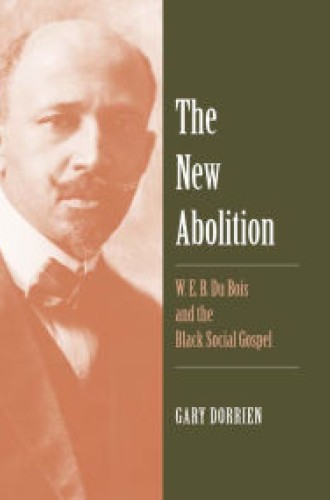The black social gospel
The New Abolition is at least three books under one cover. First, it is a recovery of the black social gospel tradition that eventually led to the achievements of Martin Luther King and the civil rights movement. W. E. B. Du Bois stands at the center of a swirl of personalities, organizations, and conflicts within the black church world, of which he was never really a part. In this sense, the book is a prehistory of the civil rights movement.
Without the witness and work of the black social gospelers and new abolitionists, Gary Dorrien contends, “the radical social gospel theology and activism of King are inexplicable.” King and the movement “did not come from nowhere,” and this book tells us a lot about where they did come from. Dorrien draws from much previous excellent scholarship, but The New Abolition will be the definitive volume on the topic.
The book is also a capacious intellectual history of important black religious intellectuals and activists from the mid-19th to the mid-20th century. Some will be familiar to readers. They include the 19th-century trailblazing theologian and activist Methodist bishop Henry McNeal Turner; the antilynching crusader Ida B. Wells-Barnett; Du Bois himself and his early 20th-century power-broker rival Booker T. Washington; Methodist social gospeler Reverdy Ransom; the minister and political power broker Adam Clayton Powell; and the Baptist dynamo Nannie Burroughs. Others will be less familiar, such as the long-lived educator and sociologist Richard R. Wright; the Christian socialist George Woodbey; and the 19th-century Baptist organizer William Simmons.






